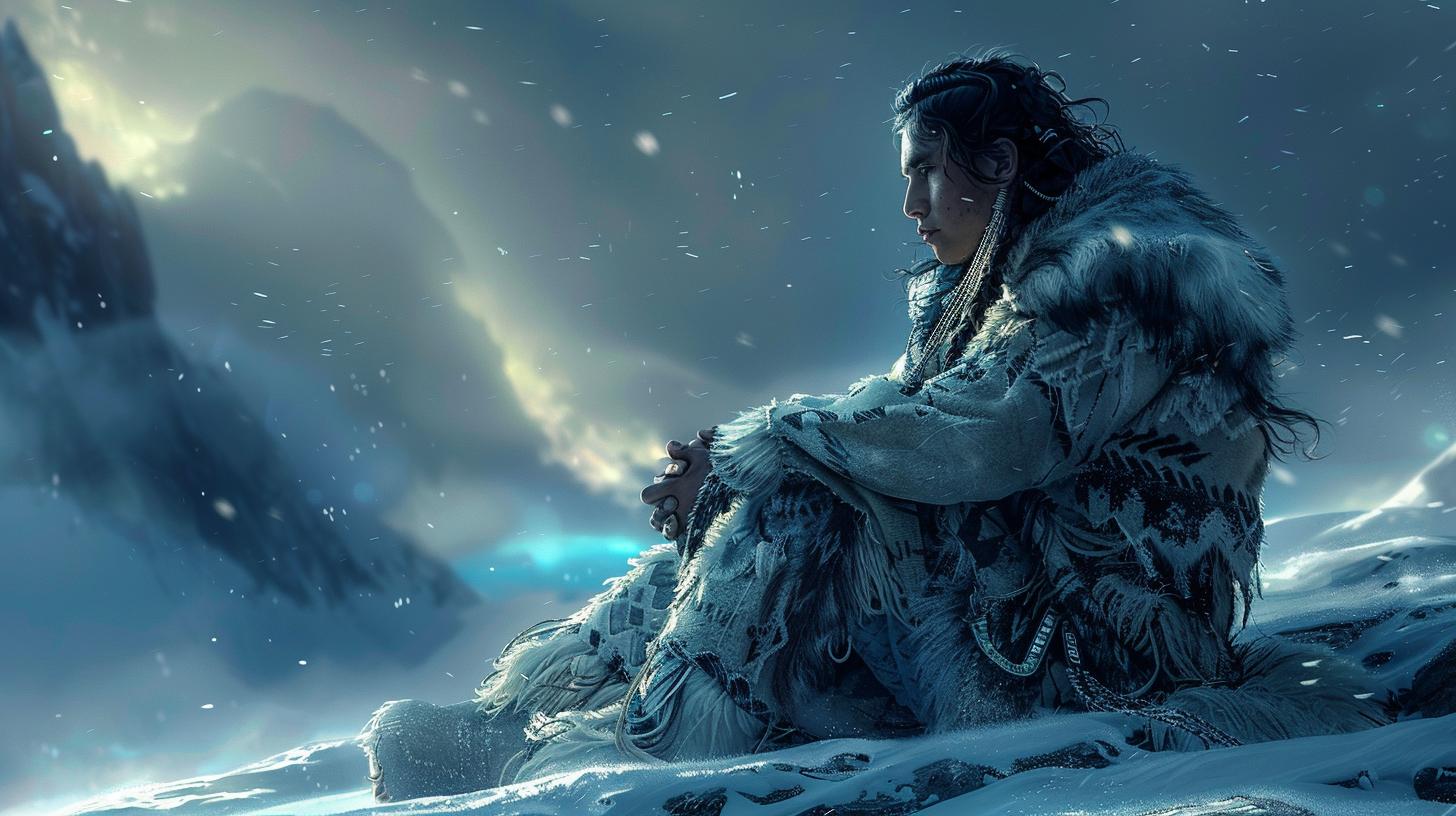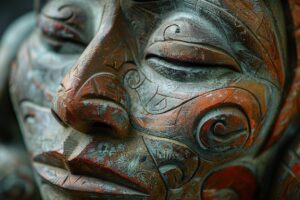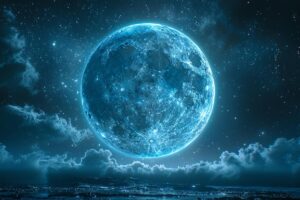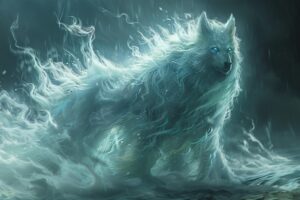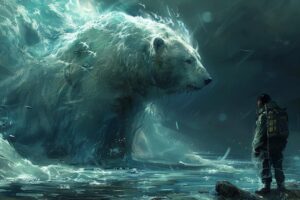Inuit God Sila: The Divine Spirit of the Inuit Mythology
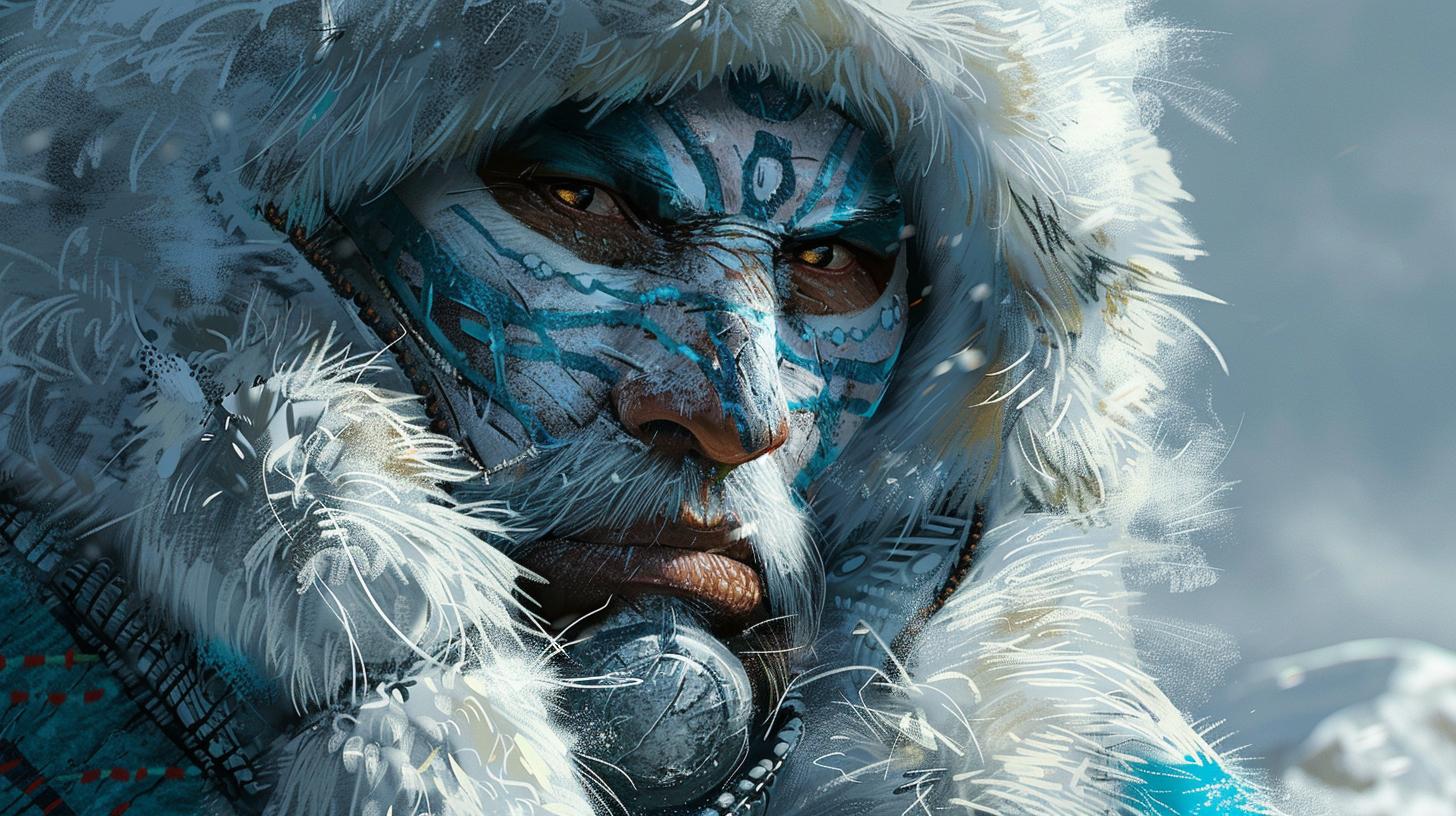
In Inuit mythology, Sila Inua is a central figure representing the connection between humans, nature, and the spiritual world. Sila is described as the ‘Possessor of Spirit,’ embodying the essence of life in all existence.
Worship of Sila is deeply rooted in Inuit culture, blending traditional beliefs with contemporary spirituality.
Overview of Inuit Mythology
Inuit mythology encompasses a rich tapestry of beliefs and stories that have been passed down through generations within indigenous communities of the Arctic regions. This cultural heritage provides a profound insight into the spiritual worldview of the Inuit people, shaping their understanding of the cosmos and their place within it.
Origin of Inuit Mythology
The origins of Inuit mythology can be traced back to ancient times when oral traditions served as a means of preserving cultural knowledge and spiritual teachings. These narratives were deeply rooted in the natural world, reflecting the close relationship that the Inuit people maintained with their environment.
Cultural Importance of Inuit Mythology
Inuit mythology holds significant cultural importance, serving as a guiding force for understanding the spiritual dimensions of life, death, and the interconnectedness of all beings. The stories and beliefs within this mythological framework provide a framework for ethical behavior, social cohesion, and a profound respect for the natural world.
Introduction to Sila Inua
Sila Inua holds a central role in Inuit cosmology, embodying the connection between humans and the spiritual realm. This divine figure represents the essence of life and the driving force behind all existence.
Sila Inua: The Central Figure
Sila Inua is revered as the ‘Possessor of Spirit,’ symbolizing the essence of life and existence in Inuit beliefs. As a spiritual entity without physical form, Sila transcends individual deities to hold a universal significance within this ancient mythology.
Comparison with Other Deities in Inuit Mythology
While Sila Inua stands as a central figure in Inuit cosmology, comparisons with other deities reveal the complex interplay of spiritual beliefs within this cultural framework. Understanding Sila’s distinct attributes offers insight into the diverse pantheon of Inuit spiritual entities and their respective roles.
Sila Inua’s Role in the Inuit Cosmos
Sila Inua plays a fundamental role as the ‘Possessor of Spirit’ in Inuit cosmology. This essential aspect of Sila embodies the spiritual essence that permeates all living beings and natural phenomena, shaping the interconnectedness of the Inuit world.
Sila as the ‘Possessor of Spirit’
In Inuit belief, Sila is revered as the ultimate source of spiritual energy and vitality. As the ‘Possessor of Spirit,’ Sila is the driving force behind the life force that animates all living beings.
Sila’s Connection to Nature and Life
Sila’s presence extends beyond human existence, encompassing the intricate web of relationships between humans, nature, and the spiritual realm. Sila’s connection to nature is profound, influencing the ebb and flow of life’s energies within the Inuit cosmos.
Attributes and Characteristics of Sila
In Inuit mythology, Sila is revered as a spirit embodying the sky and wind, representing the unseen forces that shape existence.
Sila as a Spirit of the Sky and Wind
Sila’s connection to the sky and wind signifies the ethereal nature of this deity, whose presence is felt in the air that surrounds us and the vastness of the heavens above.
Gender Identity and Physical Form of Sila
In Inuit beliefs, Sila is depicted as a masculine force without physical form, existing as a universal spirit transcending human notions of gender and corporeal limitations.
Interpretations and Meanings of Sila
Silap Inua in Different Cultures
Silap Inua holds diverse interpretations across different Inuit cultures.
In some regions, it represents the outer space and intelligence, while in others, it symbolizes the sky and universe. This variability reflects the rich tapestry of Inuit spirituality.
Relationship with Presocratic Concepts
- Sila’s connection to Presocratic concepts highlights the philosophical depth of Inuit mythology.
The notion of Sila resembling the concept of logos in Presocratic philosophy demonstrates the transcultural significance of this divine figure.
- This relation underscores the nuanced understanding of Sila as not merely a deity but a universal force that permeates the essence of existence.
Historical Evolution of Sila’s Importance
The historical evolution of Sila’s importance within Inuit mythology showcases shifts in dominance and the influence of Christianization on worship practices.
Shifts in Dominance within Inuit Mythology
- The importance of Sila fluctuated over time, impacted by cultural changes and economic influences.
- As hunting practices shifted, deities like Sedna and the Mother of Caribou gained prominence, altering the spiritual landscape.
Influence of Christianization on Sila’s Worship
- The introduction of Christianity among the Inuit community brought significant changes to traditional beliefs.
- Sila’s worship was affected as Christian values and ideologies began to shape spiritual practices.
Spiritual Practices and Beliefs in Inuit Culture
Animism and Shamanism
Within Inuit culture, animism and shamanism are fundamental aspects of spiritual practices and beliefs.
Animism is the belief that all living beings, including animals and plants, possess a spiritual essence. Shamans, known as angakkuq, play a vital role in connecting with the spirit world to seek guidance, healing, and wisdom.
Role of Shamans as Spiritual Mediators
- Shamans act as intermediaries between the human realm and the spirit world, facilitating communication and maintaining balance between the physical and metaphysical dimensions of existence.
- They perform rituals, such as drumming and dancing, to enter trance states and connect with spirits for insights into community matters, hunting expeditions, and personal issues.
- Shamans are respected for their knowledge of the spirit realm and their ability to navigate between the seen and unseen worlds, guiding individuals and communities in matters of spiritual significance.
Contemporary Relevance of Sila Inua
The contemporary relevance of Sila Inua in Inuit culture is manifested through the fusion of indigenous and Christian theology.
This blending of spiritual beliefs highlights the adaptability of Inuit spirituality in modern times, where traditional practices coexist with Christian influences.
Fusion of Indigenous and Christian Theology
- The integration of indigenous and Christian beliefs reflects the cultural evolution of Inuit spirituality.
- This fusion allows for a dynamic expression of faith that incorporates elements from both traditional and Christian worldviews.
- Many Inuit communities have found ways to reconcile their ancestral beliefs with the teachings of Christianity, creating a unique spiritual landscape.
Preservation of Inuit Spirituality in Modern Times
- Despite the influence of Christianization, the core tenets of Inuit spirituality, including reverence for Sila Inua, remain integral to the cultural fabric of Inuit communities.
- Practices such as animism and shamanism persist, serving as vital conduits for spiritual guidance and healing.
- The preservation of Inuit spirituality reflects a deep-seated connection to the land, nature, and the ancestral wisdom passed down through generations.
.

